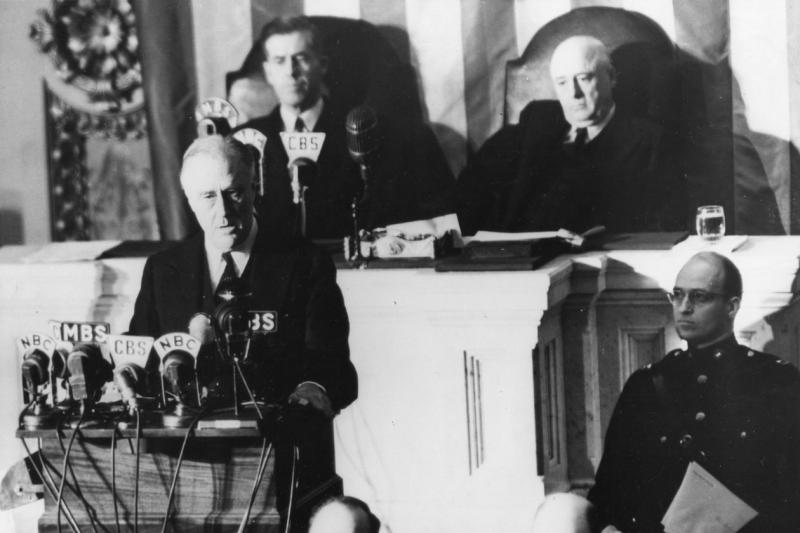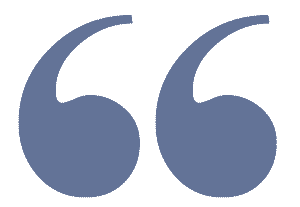Remembering a Total War
By: Mark Yost



In a Covid-free world, many of us would be traveling this summer to visit battlefields, cemeteries and memorials to commemorate the 75th anniversary of the end of World War II. We’d be remembering Victory in Europe Day (May 8, 1945) and the Sept. 2, 1945, signing of the Japanese surrender in Tokyo Bay by walking across the beaches of Normandy and through the woods around Bastogne or staring into the oily waters beneath the Pearl Harbor National Memorial in Hawaii. Fortunately, there are many online offerings that let us honor and recall the defining conflict of the 20th century.
Of course, Hollywood has long dramatized World War II, from the John Wayne movies of the 1940s to the spate of big-screen blockbusters in the 1970s like “Tora, Tora, Tora,” “Midway” and “Patton.” Steven Spielberg gave us his broader World War II trilogy with “Empire of the Sun,” “Saving Private Ryan” and “Schindler’s List.”
For a scholarly look at these war films and others, check out the National World War II Museum’s “Service on Celluloid” podcast, which critiques movies for accuracy and authenticity. One of the podcasters’ favorites—mine, too—is Billy Wilder’s 1953 film “Stalag 17,” based on the stage play of the same name. They like the story about life in a German POW camp precisely because it was written by two former POWs, an example of what they call “actual participants creating art about their events.”
There are also hundreds of documentaries that explore nearly every facet of World War II, but one of the best remains 1973’s “The World at War,” the definitive 26-part series from Britain’s Thames Television, narrated by Laurence Olivier. YouTube is a treasure trove of documentary resources. A shorter primer on the Pacific war, “Japanese Expansion Before and During World War II,” talks about that country’s aggression prior to the Dec. 7, 1941, attack on Pearl Harbor. James M. Lindsay recounts Hitler’s rearmament of Germany in a video from the Council on Foreign Relations, while a Discovery Channel video, “How Hitler Invaded Half of Europe,” explains how Germany swept across so much of the continent before the Allies even fired a shot.

Laurence Olivier narrating ‘The World at War’
PHOTO: FREMANTLE MEDIA/SHUTTERSTOCK
Perhaps the greatest gifts of the internet are the now-digitized World War II archives of libraries and museums. So while many of us know that Dec. 7, 1941, was “a date which will live in infamy,” it’s quite another to actually watch President Franklin Roosevelt’s speech to a joint session of Congress declaring war on Japan, as you can in a clip posted to YouTube from British Pathé. He vows that the nation will “remember the character of the onslaught against us....No matter how long it may take us to overcome this premeditated invasion, the American people in their righteous might will win through to absolute victory.”
We did achieve “absolute victory,” but not before we dropped two atomic bombs on Japan. With the decision to do so still controversial 75 years later, it’s important to remind ourselves why it was necessary as well as the right and just thing to do. In a BBC documentary clip titled “Atomic Bombing of Nagasaki” and available on YouTube, President Harry Truman says, “Having found the atomic bomb…we have used it against those who attacked us without warning at Pearl Harbor.” He continues, “We have used it in order to shorten the agony of war, in order to save the lives of thousands and thousands of young Americans.”
Online archives have also made it easy to access first-person accounts of the war from the Americans who fought it. Two of the best sources are the National World War II Museum in New Orleans and the Oral History archives of the National Museum of the Pacific War in Fredericksburg, Texas. You’ll meet men like Marine light machine gunner Harry Martin, who was in the first wave to land on Iwo Jima and is featured in a YouTube video posted by the American Veterans Center.
“We fired maybe 50 rounds and something hit our gun and blew up. I think it was probably an anti-tank gun because I got shot in the face. The gunner, he got shot in the chest, so I didn’t see him anymore.”
Many of these online clips remind us that as soon as we won the war, we got busy winning the peace. That’s evident in “The Day Japan Surrendered, Ending WWII,” an NBC News clip on YouTube of the historic capitulation on the battleship USS Missouri.
“It is my earnest hope…that from this solemn occasion a better world shall emerge out of the blood and carnage of the past,” says the Supreme Allied Commander Gen. Douglas MacArthur. “I announce it my firm purpose...to proceed in the discharge of my responsibilities with justice and tolerance.”
While many of this year’s commemorations have been canceled, there are still good contemporary resources online, such as Queen Elizabeth II’s May 8 address in which she marks the 75th anniversary of the end of the war in Europe, posted to YouTube by the Guardian.
“The war had been a total war,” she says matter-of-factly. “At the start, the outlook seemed bleak, the end distant, the outcome uncertain. But we kept faith that the cause was right and this belief…carried us through.”
That spirit is something we should all remember and celebrate. Even if it’s from our living rooms.
—Mr. Yost writes about military history for the Journal.
Who is online
73 visitors

